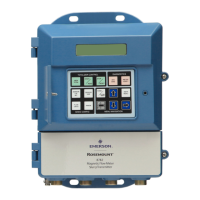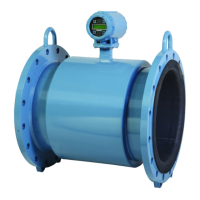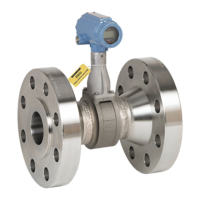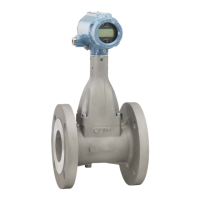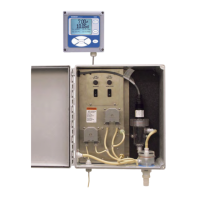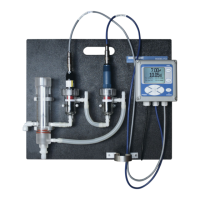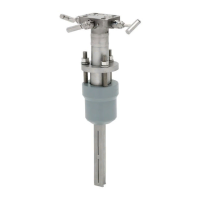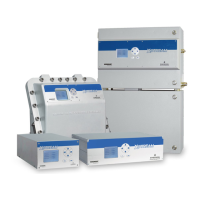August 2015
10
Quick Start Guide
4.2 Flange bolts
Note
Do not bolt one side at a time. Tighten both sides simultaneously. Example:
1. Snug upstream
2. Snug downstream
3. Tighten upstream
4. Tighten downstream
Do not snug and tighten the upstream side and then snug and tighten the downstream side.
Failure to alternate between the upstream and downstream flanges when tightening bolts
may result in liner damage.
Suggested torque values by sensor line size and liner type are listed in Table 4 for
ASME B16.5 flanges and Table 5 for EN flanges. Consult the factory if the flange
rating of the sensor is not listed. Tighten flange bolts on the upstream side of the
sensor in the incremental sequence shown in Figure 8 to 20% of the suggested
torque values. Repeat the process on the downstream side of the sensor. For
sensors with greater or fewer flange bolts, tighten the bolts in a similar crosswise
sequence. Repeat this entire tightening sequence at 40%, 60%, 80%, and 100% of
the suggested torque values.
If leakage occurs at the suggested torque values, the bolts can be tightened in
additional 10% increments until the joint stops leaking, or until the measured
torque value reaches the maximum torque value of the bolts. Practical
consideration for the integrity of the liner often leads to distinct torque values to
stop leakage due to the unique combinations of flanges, bolts, gaskets, and
sensor liner material.
Check for leaks at the flanges after tightening the bolts. Failure to use the correct
tightening methods can result in severe damage. While under pressure, sensor
materials may deform over time and require a second tightening 24 hours after
the initial installation.
Figure 8. Flange Bolt Torquing Sequence
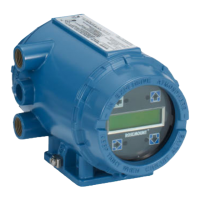
